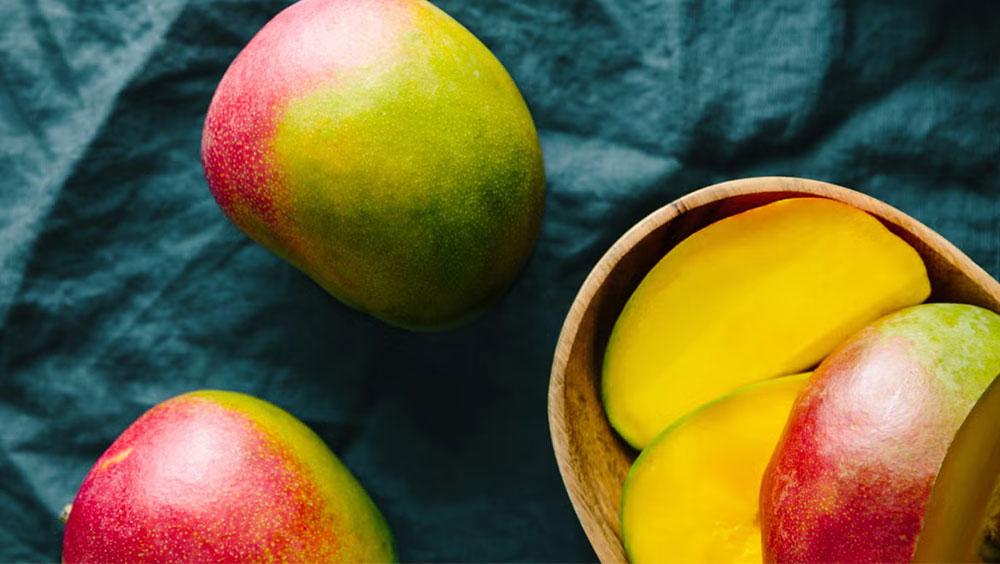Mangos are a delicious and nutritious tropical fruit enjoyed by millions around the world. But when it comes to enjoying them at their peak flavor, it’s essential to pick them at the right ripeness. So, how do you know when mangos are ripe? From color changes to smell and touch, understanding the signs can help you make the most of this sweet and juicy fruit.
1. Observe The Color Change
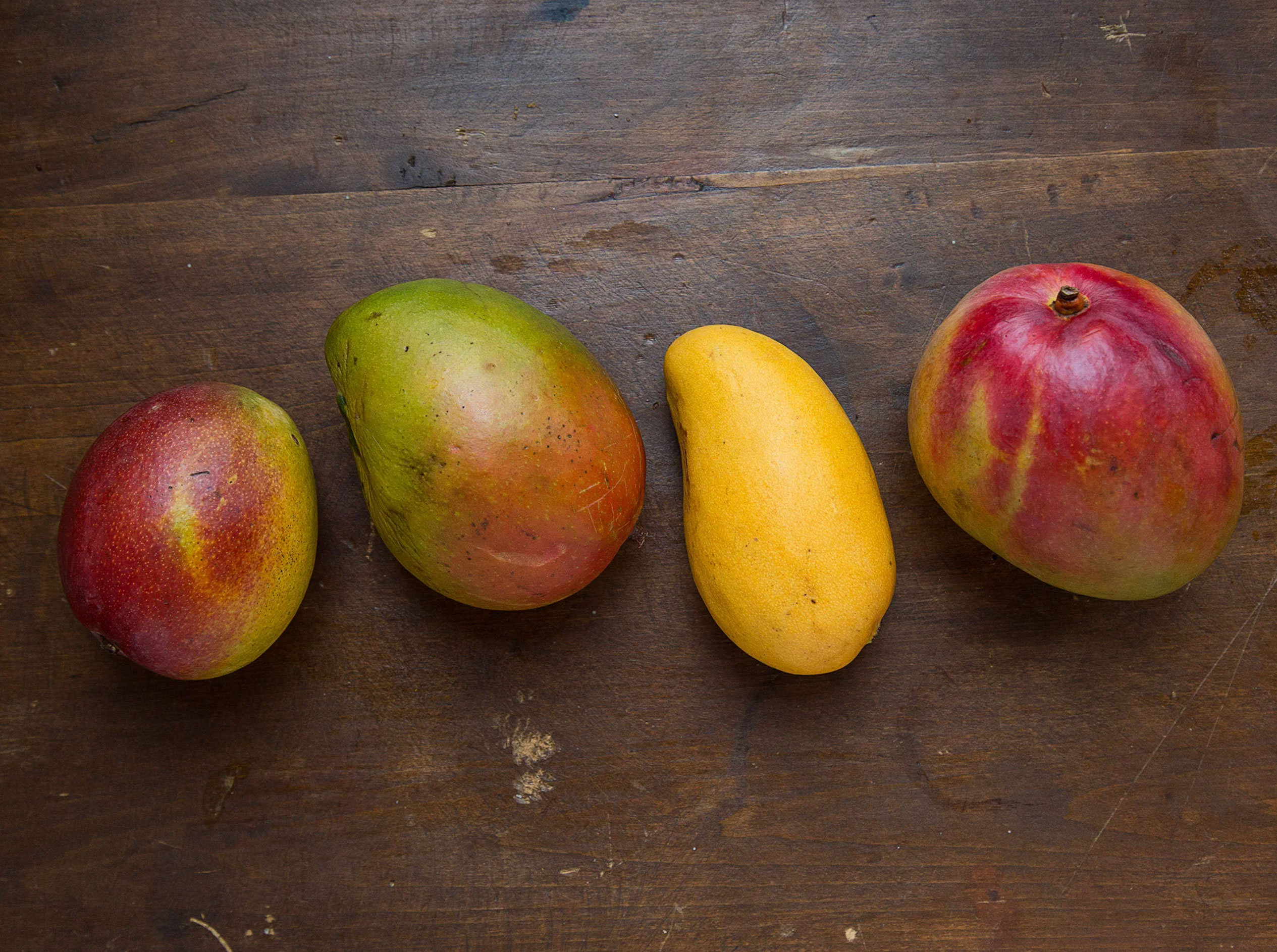
One of the first indicators when asking 'how do you know when mangos are ripe' is the change in skin color. Unripe mangos are typically green, while ripe ones display vibrant hues of red, yellow, or orange depending on the variety. Watch for a consistent shift in color and don’t rely solely on patches; a global color change often signals ripeness.
2. Feel The Firmness
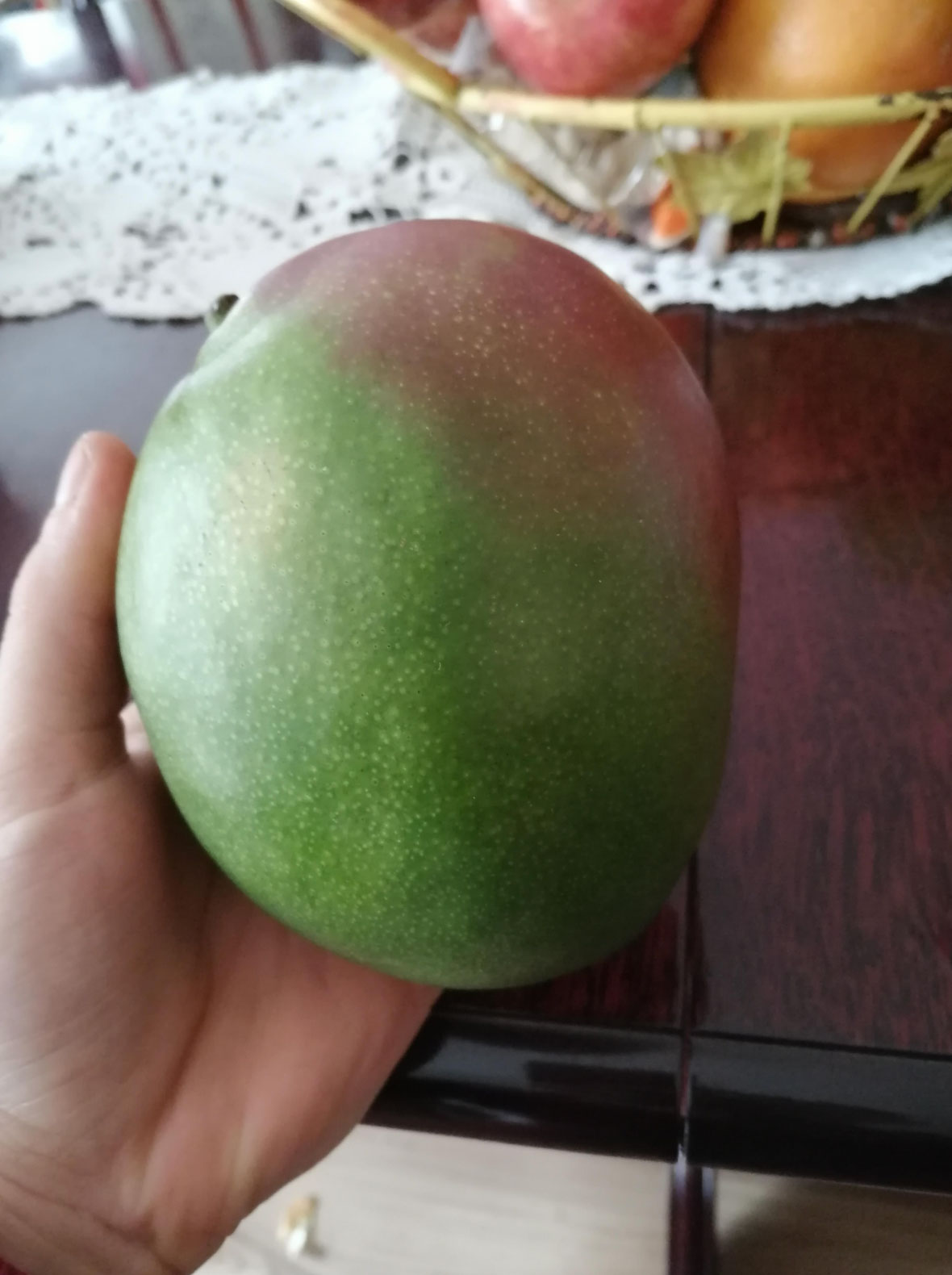
Texture plays a key role in determining mango ripeness. Gently squeeze the mango—ripe ones will yield slightly to pressure, similar to a ripe peach or avocado. If it feels too hard, it’s likely unripe. If it’s overly soft or squishy, it may be overripe or spoiled. This tactile method is simple and very reliable.
3. Use Your Nose
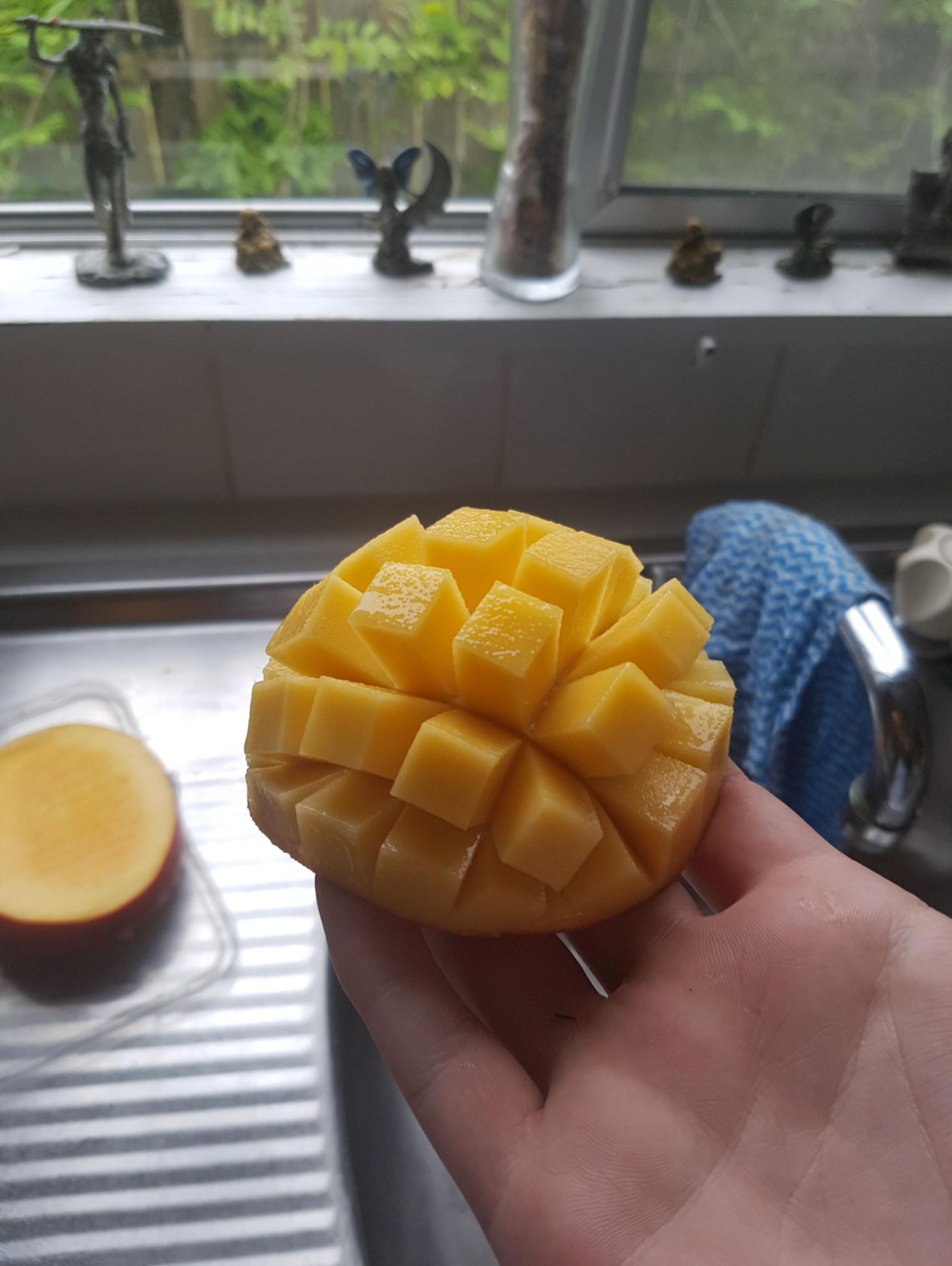
How do you know when mangos are ripe? One delightful way is through aroma. A ripe mango gives off a strong, sweet, fruity fragrance near the stem. If you detect little to no scent, it may need more time. A sour or alcoholic smell could indicate overripeness or fermentation.
4. Check The Stem End
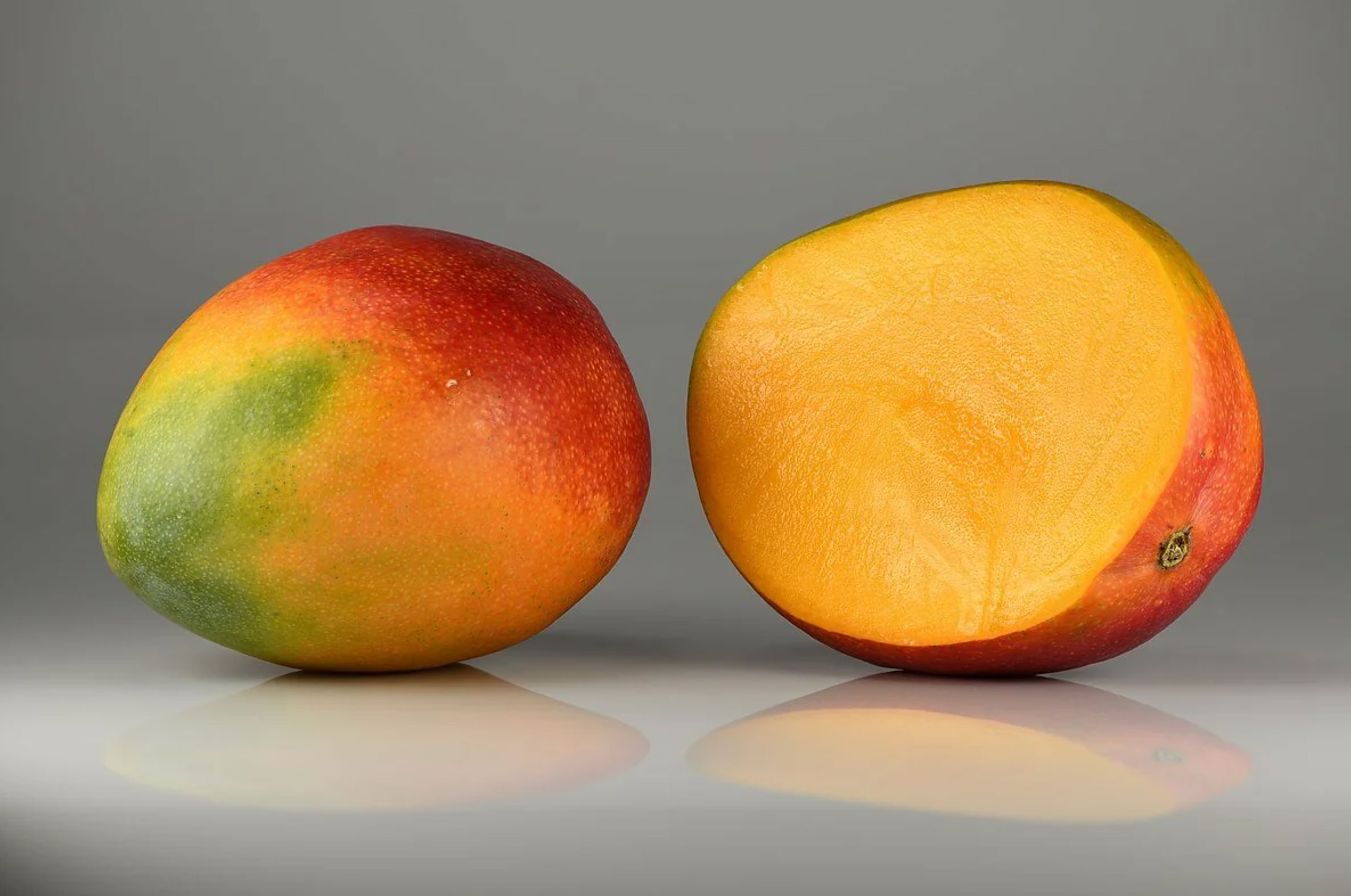
The stem end of a mango offers useful clues. Press near the stem; if the area gives slightly and emits a tropical, sweet smell, you likely have a ripe mango on hand. This is especially useful when choosing from a pile at the grocery store or farmers’ market.
5. Weigh The Mango

Weight can also help answer the question: how do you know when mangos are ripe? Ripe mangos feel heavy for their size because they are full of juice. Pick up a few and compare—generally, the heaviest ones with good aroma and color are ready to eat.
6. Look For Wrinkles

Some mango varieties, like Ataulfo (also known as honey mangos), develop slight wrinkles when fully ripe. These wrinkles suggest that the sugars have developed and the skin is slightly dehydrated—signs of a sweet, ripe fruit. However, this is variety-specific, so be sure to learn about the type you’re buying.
7. Consider The Variety
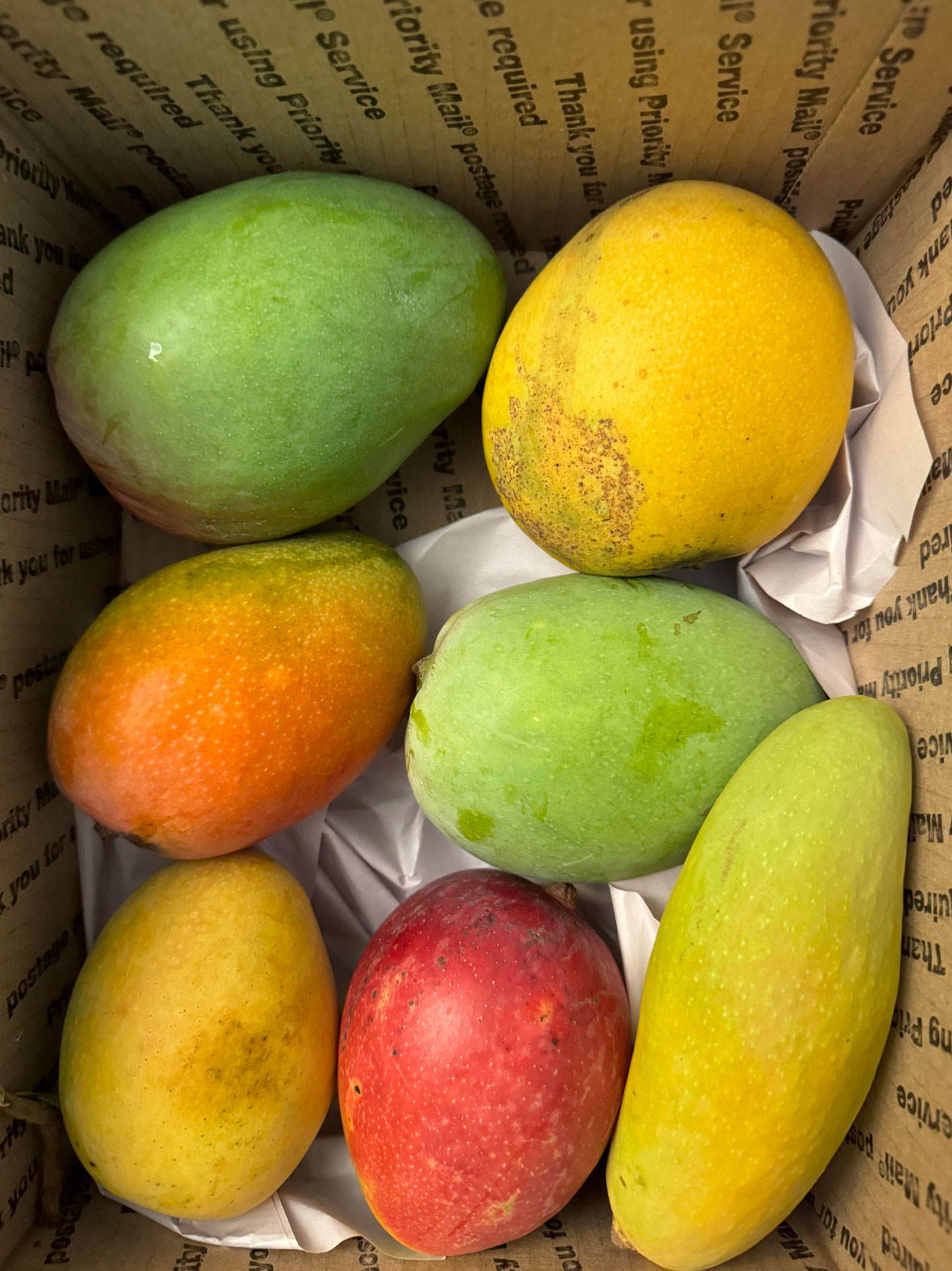
Different mango varieties ripen differently. For instance, Tommy Atkins mangos stay greenish even when ripe, while Kent and Ataulfo types show more vivid changes. To accurately determine how do you know when mangos are ripe, learn the specific traits of your chosen variety to better interpret the signs.
8. Let Them Ripen At Home
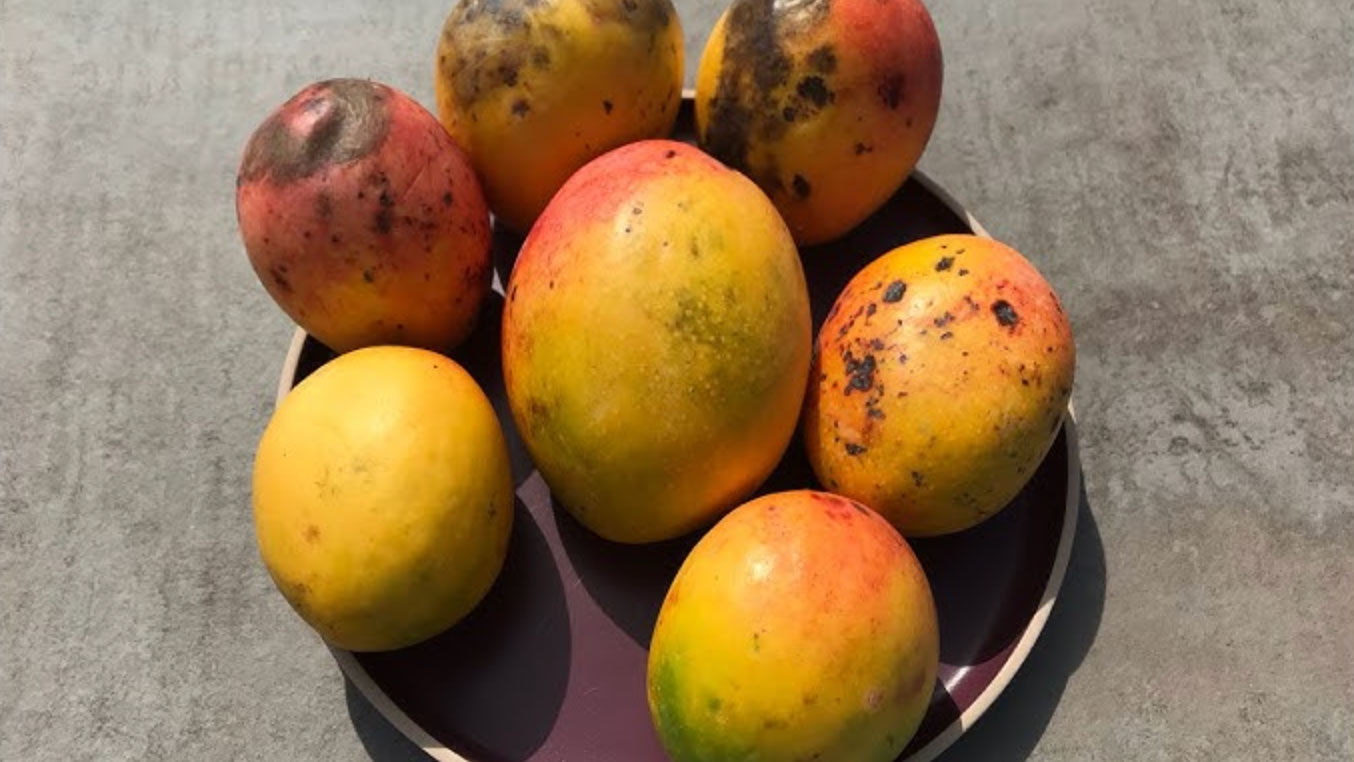
If the mangos you bought are still hard and green, don't worry. Let them ripen at room temperature. Keeping them in a paper bag can accelerate ripening by trapping ethylene gas. Once ripe, store them in the fridge to slow further ripening and enjoy them over several days.
9. Know When It's Too Late
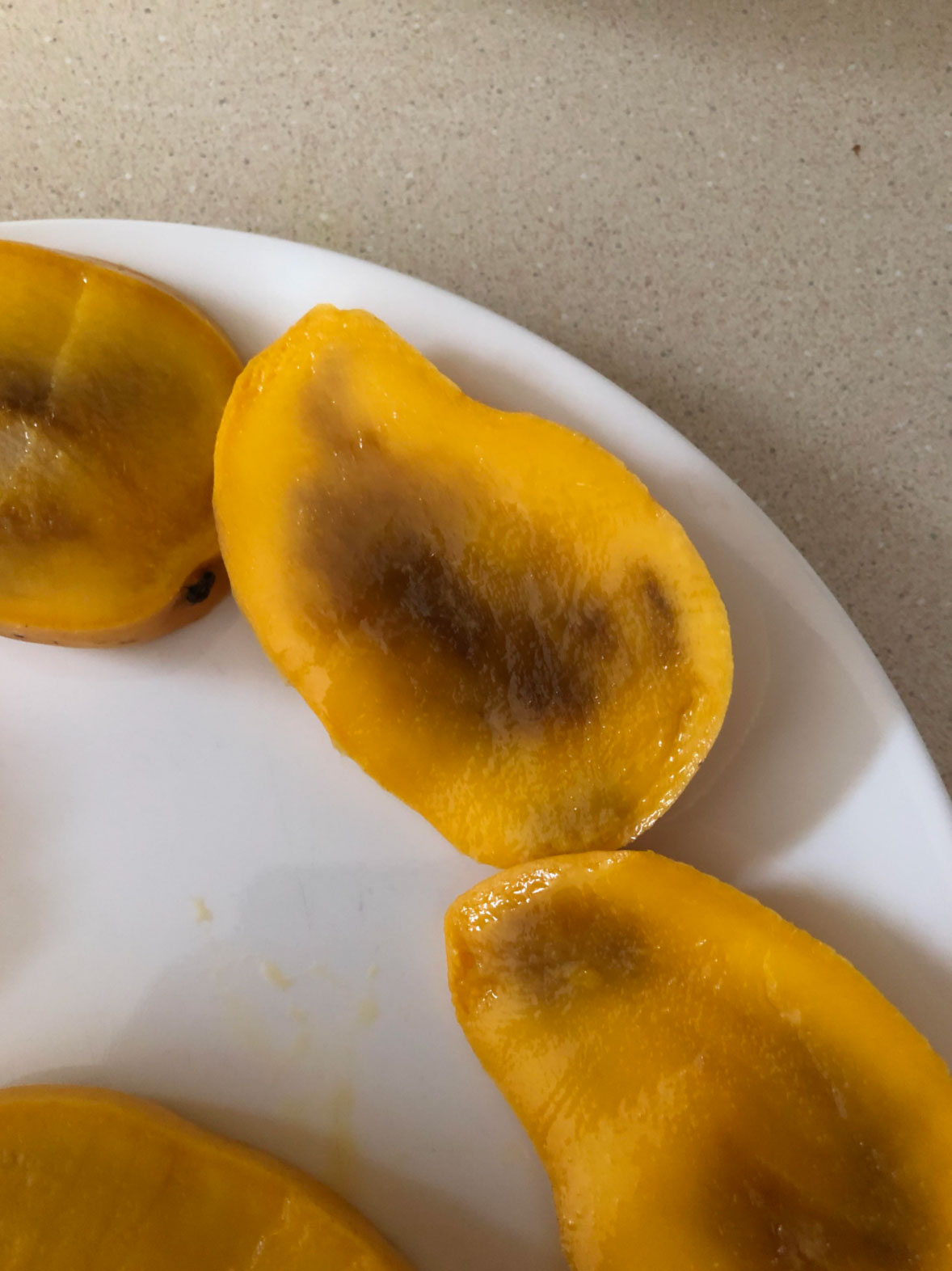
Sometimes, it's good to know what overripe looks like. A mango that’s too soft, leaking juice, or showing black spots or mold is likely past its prime. While it may still be usable for smoothies or cooking, it may lack the fresh taste and ideal texture of peak ripeness. Understanding these signs helps you avoid waste and get the best flavor.
So, how do you know when mangos are ripe? By combining visual cues, texture, scent, and a little experience with different varieties, you can make a confident choice every time. From the vibrant color and sweet aroma to the perfect level of softness, a ripe mango is a sensory delight. By following these simple tips, you’ll enjoy mangos at their very best.

